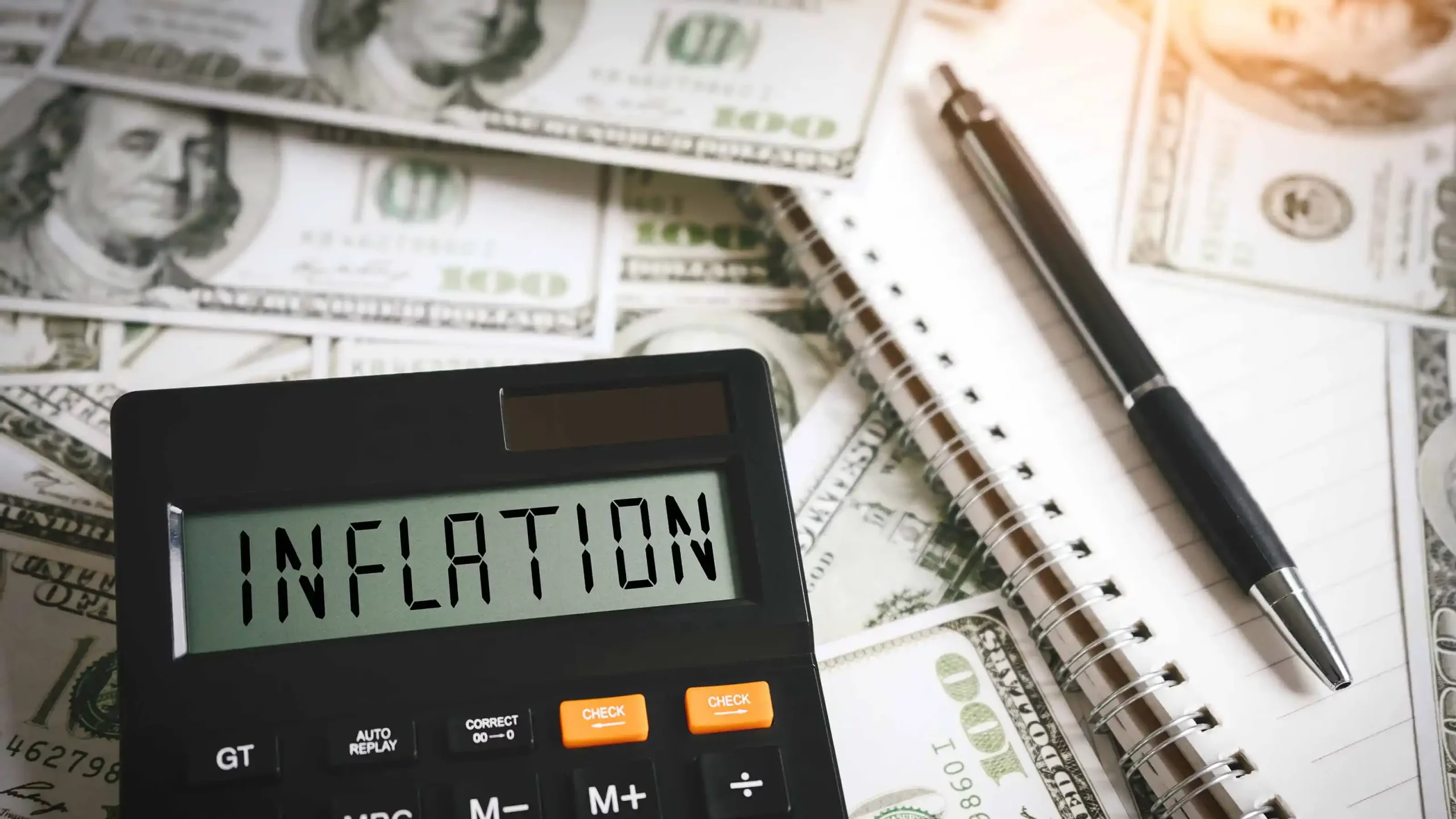GET IN TOUCH
- Please wait...

This letter was originally sent to LightCastle Bimonthly Newsletter subscribers.
The current economic turmoil induced by the Ukraine-Russia war has had a domino effect on the international trade balance, exchange rate, and inflationary trend. Sudden spikes in the prices of essential commodities: fossil fuel, edible oil, wheat, etc. had disproportionately impacted the balance of payment conditions.
In the fiscal year 2021-22, consumer goods imports (in value) increased by 46% compared to the previous year, mainly driven by rising international prices. Although international commodity prices have declined over the past year, domestic prices have kept creeping up, mainly due to the depreciating currency and informal restrictions on opening LCs.
The year-on-year inflation increased to 9.2% in 2022-23, compared to 6.3% in 2021-22, according to the central bank. Workers across the urban informal sector and agriculture have seen their real incomes decline owing to lower upward adjustments in wages. The government’s implementation of the IMF’s guidelines will lead to further rounds of austerity measures, leading to spikes in the prices of utilities and fuel and contributing to bouts of inflation.
Low-income groups, across the rural and urban divides, have been disproportionately affected by the economic downturn. More economically vulnerable groups have slid back to extreme poverty, with repercussions on nutrition intake, health-seeking behavior, and school dropout rates.
In order to gauge the immediate impact of the economic downturn on different income classes, LightCastle Partners recently conducted a nationwide rapid survey in the second quarter of 2023.
The study, titled Household Economic Pulse 2023, will be published in the coming month and will shed light on the impact of the economic turmoil on the spending behavior of households across the country. You can register for early access to the report here.
According to the study, economic gains made by the Bottom of the Pyramid (BOP) population segment until 2019 have been eroded by the pandemic and international headwinds. The BOP population stood at 32%, which is comparable to the benchmarking data in the seminal BCG report on consumer classes, published in 2015.
A percentage of the aspirant class population has graduated to the emerging and established middle-income groups, signifying broad winners in the upper-income segments. A broader shift toward income inequality is further corroborated by the increase in the Gini coefficient to 0.499 in 2022 compared to 0.458 in 2010, according to BBS.
The LightCastle study estimates the population below the poverty line (HCR) at 26%, which was 19% according to the latest Household Income and Expenditure Survey (HIES), published by BBS in 2022. The BOP segment, which spends 50% of its income on food expenses, experienced a 29% hike in prices. Other cost heads experiencing significant increases in expenses include transportation (33%) and utilities (30%).
Expenditure on protein experienced a steep drop, especially for chicken and red meat. Demand for eggs and soybean oil also witnessed a slight dip. BOP consumers replaced protein with carbohydrates like potatoes, which had relatively stable prices. The economically vulnerable segment resorted to skipping one meal to make ends meet.
The government and development partners will need to design interventions that consider the impact of rising prices and the economic slowdown. The social safety net program has to be revalued to provide a safety cushion to the economically vulnerable population, especially women in low-income households. The impending challenges are multi-faceted, requiring cash transfers, subsidies, livelihood development, access to nutrition, and health-related interventions.
Our experts can help you solve your unique challenges
Stay up-to-date with our Thought Leadership and Insights